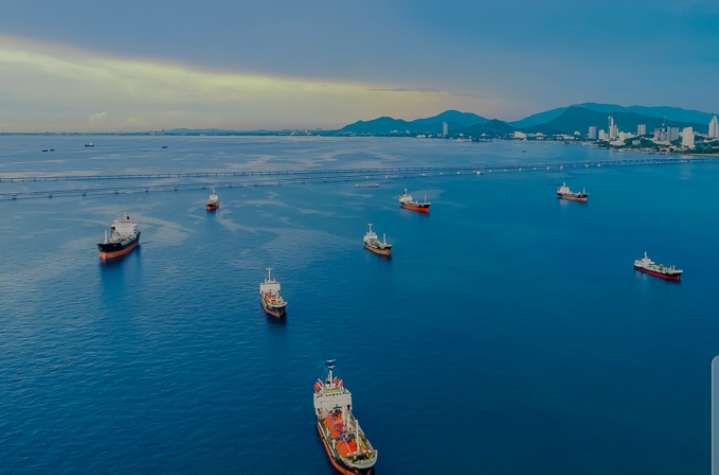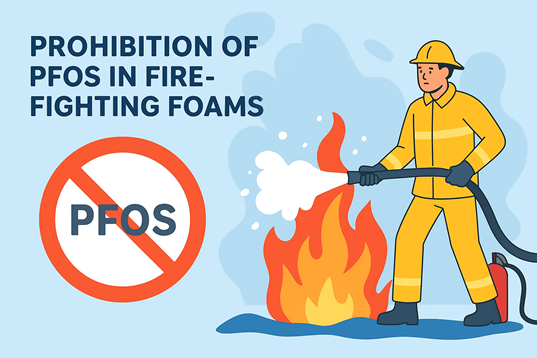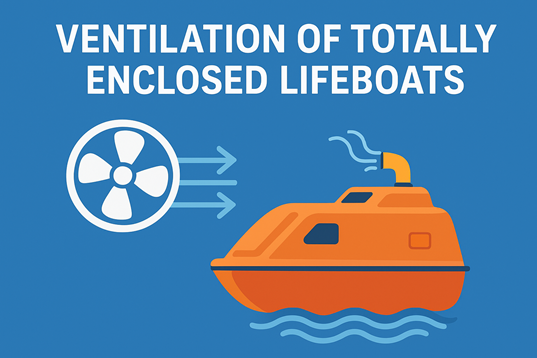The purpose of the Shipboard Energy Efficiency Management Plan (SEEMP) is to establish procedures for improving the energy efficiency of the vessels .
The SEEMP encourages continuous management by repeating the PDCA cycle of (1) Planning, goal setting, (2) Implementation, (3) Monitoring, and (4) Self-evaluation and improvement.
The Company shall set goals for energy management that shall be quantified by the Energy Efficiency Operational Index (EEOI) and which shall be monitored for existing vessels. The Energy Efficiency Design Index, (EEDI) helps to ensure that newly built vessels shall use energy resources efficiently.
SEEMP will be continually improved by using lessons learnt and putting best practices in place in order to increase energy efficiency and reduce emissions. SEEMP lays the foundation to optimise operational processes and improve profitability through the efficient use of people and assets.
SHIP SPECIFIC MEASURE
Recognising that there are a variety of options to improve efficiency – speed optimization, weather routeing and hull maintenance, for example – and that the best package of measures for a ship to improve efficiency differs to a great extent depending upon ship type, cargoes, routes and other factors, the specific measures for this ship to improve energy efficiency have been identified.
The EEDI measures the CO2 emitted (grams of CO2 per tonne nautical mile) for NEW ships, calculated from ship design and engine performance data. The intended application of the EEDI is to stimulate innovation and technical development of all elements influencing the energy efficiency of a ship from its design phase
EEOI stands for Energy Efficiency Operational Indicator. This is a Primary monitoring tool which provides a measure of the mass of CO2 emitted per unit of transport work based on a vessel’s actual operational data. Unlike the EEDI the EEOI will change depending on how the vessel is operated and what abatement measures the owners/managers have retrofitted. It is measured in grams CO2/ tonne-nautical mile.
EIV stands for Estimated Index Value and is calculated in accordance with IMO Resolution MEPC.215 (63), expressed in grams CO2/ tonne-nautical mile
BEST PRACTICE SUMMARY
- The Operational Index should be calculated for each voyage. Large variations of planned versus actual fuel consumption will be addressed and diagnosed.
- Use of composite boiler during anchorages and other relevant opportunities.
- Do not start auxiliary boilers too far in advance of intended use.
- Follow a company provided programme like EGICs to optimize performance of main engine.
- Minimize steam dumping when possible.
- Maintain pipe/valve laggings in good order to minimize heat loss.
- Maintain steam traps in good order.
- Use steam tracing judiciously.
- Carefully monitor the propeller slip and hull condition.
- Optimize vessel trim.
- Use auto pilot settings effectively.
- Seek advice of weather routing companies
- Minimize the use of unnecessary machinery – e.g., deck hydraulic, fire pumps, engine room fan etc.
- Deck department to communicate better with the engine room on ballast and cargo pump usage to avoid rolling pumps unnecessarily for long periods.
- Ship’s crew should meet and discuss the impact of running various machinery and how to use them most efficiently.
- Maximize auxiliary engine’s load when possible to run on one generator when it is safe to do so.
- Ships are to communicate economic impacts and choices of voyage orders to vessels commercial operators
- Vessels commercial operators are to provide desired ETA at ports to allow more judicious use of the ship’s power.
- Minimize water in sludge by settling and not intense heating.
- Optimize bunker tank heating.
- Switch off lights in unused spaces in accommodation.
- Avoid using the washing machine and dryer with only one or two items.
- Ships are to discuss on the judicious use of pump room fans, Bosun store fans etc.
- Careful use of gravity for deballasting can save fuel.
- Ballast water exchange should be reviewed for energy efficiency – but not at the cost of exchange objectives
- Stop M/E LO + Camshaft LO Pump in port if M/E notice allows. Many terminals require M/E on short notice so it is not possible all the time, but when possible this should be done. Chief Engineer may use his discretion on this practice.
- Keep good interdepartmental communications to avoid energy wastage.
- Auxiliary boilers should only be shut down when not needed for a reasonable amount of time. Check the Oxygen analysers and the piping systems prior to every operation. Most ships do not clean the sensing/sample line and condensation/dirt in the line prevents good flow of sample to the analyser and hence the O2 comes down very slowly. This causes a lot of fuel wastage as engineers increase load on the boiler to produce better O2.
- Run the vessel at Economical speed where possible.
a) SEEMP Part I
This must identify energy saving measures taken, how effective these are and what measures can be taken to further improve the energy efficiency of the vessel.
b) SEEMP Part II
This document is also called the Ship Fuel Oil Consumption Data Collection Plan (referred to as the Data Collection Plan or DCP). All vessels of 5,000 gross tonnage and above must document their methodologies used to collect the relevant data for energy efficiency and the process used by the ship to report this data to Flag State.
Office will get ship specific DCP’s approved by Class who shall also issue the vessel with a Certificate of Compliance (COC), both of which shall be sent to vessels.
c) SEEMP Part III
SEEMP III plan is a document required for the compliance of CII regulation. All vessels of 5000 gross tonnage and above, that is, the ships which are already subject to the requirements of the IMO Data Collection System (IMO DCS) should have onboard an approved SEEMP III plan and confirmation of compliance certificate issued by the verifier.



